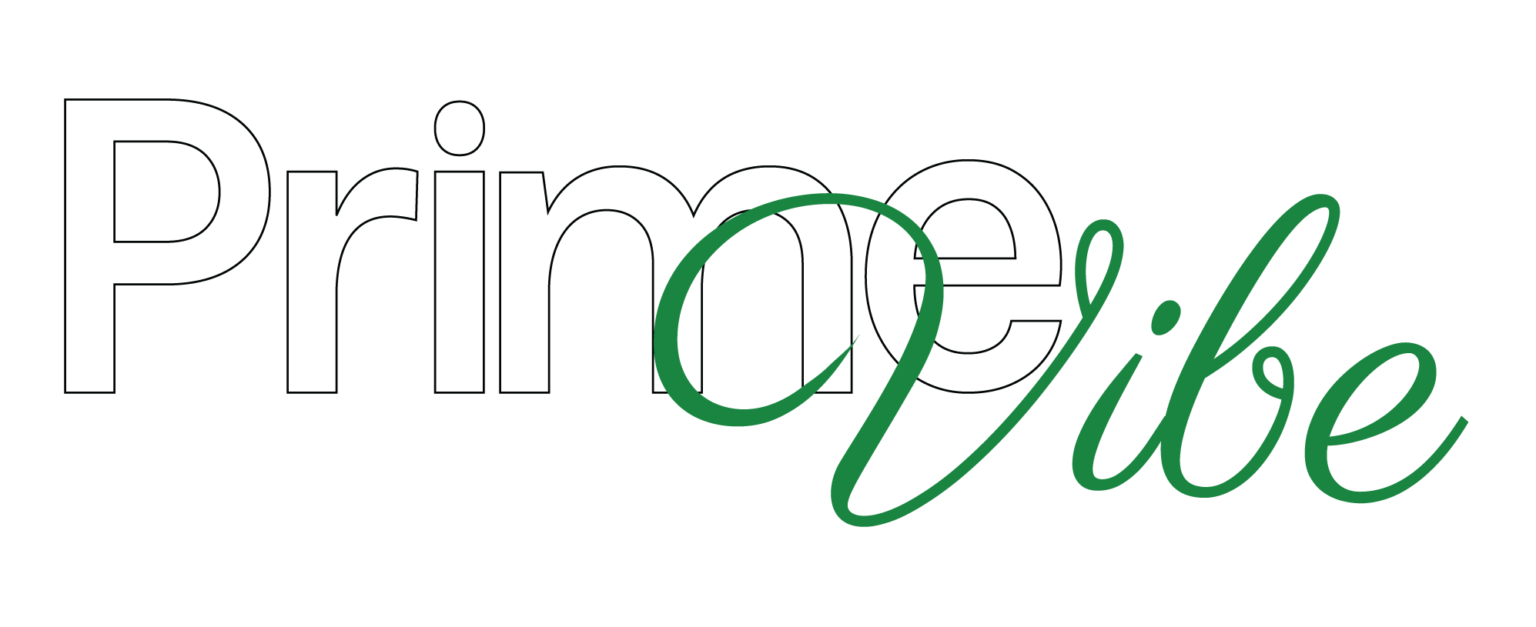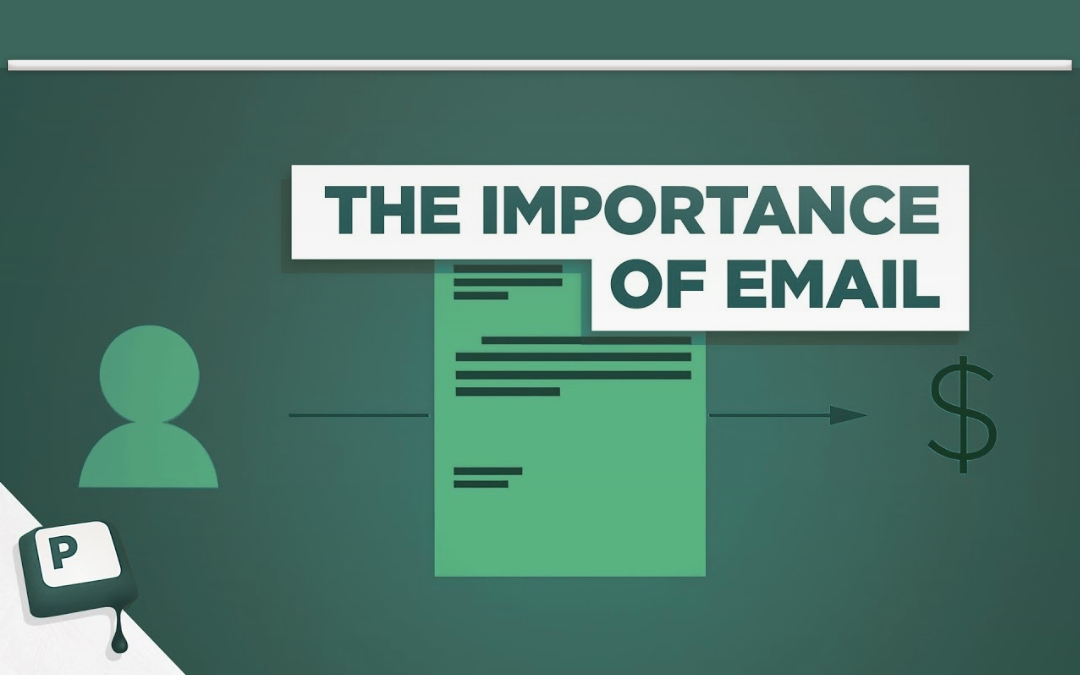In a world where digital communication is the norm, email has become a staple of both personal and professional interactions. However, the traditional email format often feels stale and uninspiring. Enter XR emails—an innovative approach that combines extended reality (XR) technologies with email marketing to create immersive and engaging experiences. This article explores how XR emails are revolutionizing the way we communicate, breaking the mold of boring inboxes, and enhancing user engagement.
What Are XR Emails?
XR emails leverage the principles of extended reality, which encompasses virtual reality (VR), augmented reality (AR), and mixed reality (MR). By integrating these technologies into email marketing, brands can create interactive and visually captivating content that stands out in crowded inboxes. Instead of static images and plain text, XR emails offer dynamic experiences that invite users to engage in new ways.
Imagine receiving an email that allows you to virtually try on a pair of sunglasses or explore a new product in 3D. This level of interactivity not only captures attention but also enhances the overall user experience, making emails more memorable and effective.
The Role of Digital Experience Agencies
Digital experience agencies are at the forefront of this Immersive email, helping brands harness the power of XR emails. These agencies specialize in creating engaging digital experiences that resonate with users. By combining their expertise in immersive web design with cutting-edge technology, they can craft XR emails that not only look stunning but also drive results.
1. Creating Immersive Content
Digital experience agencies understand the importance of storytelling in marketing. With XR emails, they can create narratives that unfold as users interact with the content. For example, a travel agency might send an XR email that allows recipients to explore a destination through a virtual tour, complete with 360-degree views and interactive elements. This immersive approach not only informs but also inspires action, encouraging users to book their next adventure.
2. Enhancing User Engagement
One of the primary goals of any marketing campaign is to engage the audience. Traditional emails often struggle to capture attention, leading to low open and click-through rates. XR emails, on the other hand, offer a unique and interactive experience that encourages users to explore further. By incorporating gamification elements, such as quizzes or challenges, digital experience agencies can create a sense of excitement and urgency, prompting users to take action.
3. Personalization at Scale
Personalization is key to effective marketing, and XR emails provide an opportunity to tailor content to individual preferences. Digital experience agencies can leverage data analytics to understand user behavior and preferences, allowing them to create personalized XR experiences. For instance, an e-commerce brand could send an XR email showcasing products based on a user’s previous purchases or browsing history, making the content more relevant and appealing.
Benefits of XR Emails
The integration of XR technologies into email marketing offers several advantages:
1. Increased Engagement
XR emails are inherently more engaging than traditional emails. The interactive elements encourage users to spend more time exploring the content, leading to higher engagement rates. This increased interaction can result in improved click-through rates and conversions.
2. Enhanced Brand Recall
When users have a memorable experience, they are more likely to remember the brand associated with it. XR emails create a lasting impression, helping brands stand out in a crowded marketplace. This enhanced brand recall can lead to increased customer loyalty and repeat business.
3. Improved Conversion Rates
By providing users with an immersive experience, XR emails can drive higher conversion rates. When users can interact with products or services in a meaningful way, they are more likely to make a purchase or take the desired action. This can be particularly beneficial for e-commerce brands looking to boost sales.
4. Differentiation from Competitors
In a world where many brands rely on traditional email marketing, adopting XR emails can set a brand apart from its competitors. By embracing innovative technologies, brands can position themselves as forward-thinking and customer-centric, attracting attention and interest from potential customers.
What People Also Ask About XR Emails
1. What is the difference between XR emails and traditional emails?
XR emails incorporate extended reality technologies, such as virtual reality and augmented reality, to create interactive and immersive experiences. Traditional emails, on the other hand, typically consist of static text and images, lacking the interactivity and engagement that XR emails offer.
2. How can businesses implement XR emails?
Businesses can implement XR emails by partnering with a digital experience agency that specializes in immersive web design and email marketing. These agencies can help create engaging XR content and integrate it into email campaigns, ensuring a seamless user experience.
3. Are XR emails suitable for all industries?
Yes, XR emails can be adapted for various industries, including e-commerce, travel, real estate, and entertainment. Any business looking to enhance user engagement and create memorable experiences can benefit from incorporating XR technologies into their email marketing strategy.
4. What tools are needed to create XR emails?
Creating XR emails typically requires specialized software and tools for designing immersive content. These tools may include 3D modeling software, AR development platforms, and email marketing services that support interactive content. Additionally, collaboration with a digital experience agency can provide the expertise needed to effectively implement XR elements in email campaigns.
5. What are the future trends for XR emails?
As technology continues to advance, the future of XR emails looks promising. Trends may include increased use of AI for personalization, enhanced interactivity through voice and gesture recognition, and the integration of more sophisticated analytics to measure user engagement. As brands seek to differentiate themselves, the adoption of XR emails is likely to grow, leading to more innovative and engaging marketing strategies.
Conclusion
XR emails represent a significant shift in how brands communicate with their audiences, moving away from the mundane and towards the extraordinary. By leveraging the capabilities of extended reality, digital experience agencies are breaking the mold of boring inboxes and creating immersive experiences that captivate users. As businesses embrace this innovative approach, they not only enhance user engagement but also position themselves as leaders in the digital landscape. The future of email marketing is here, and it’s more exciting than ever.




